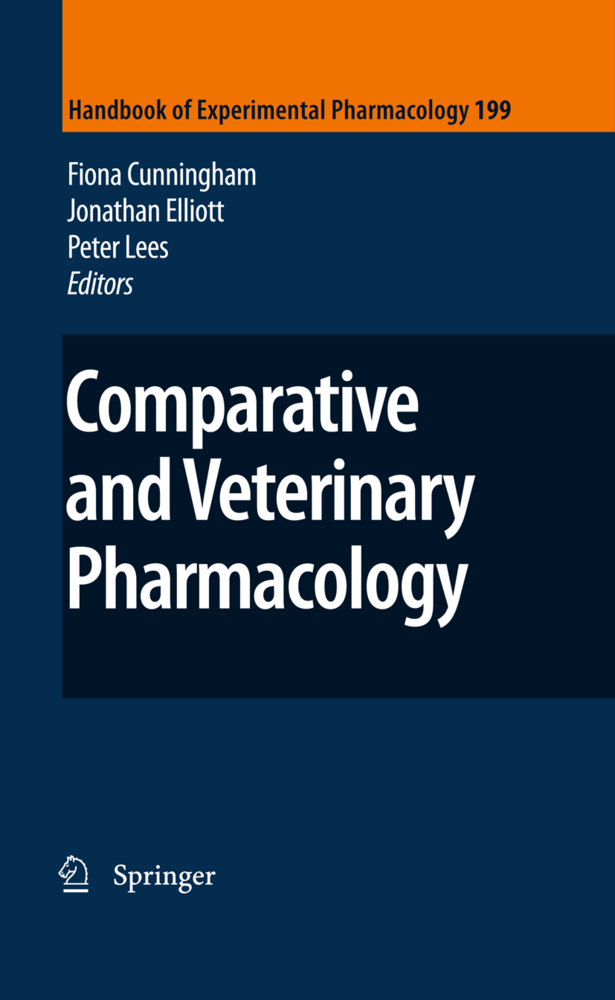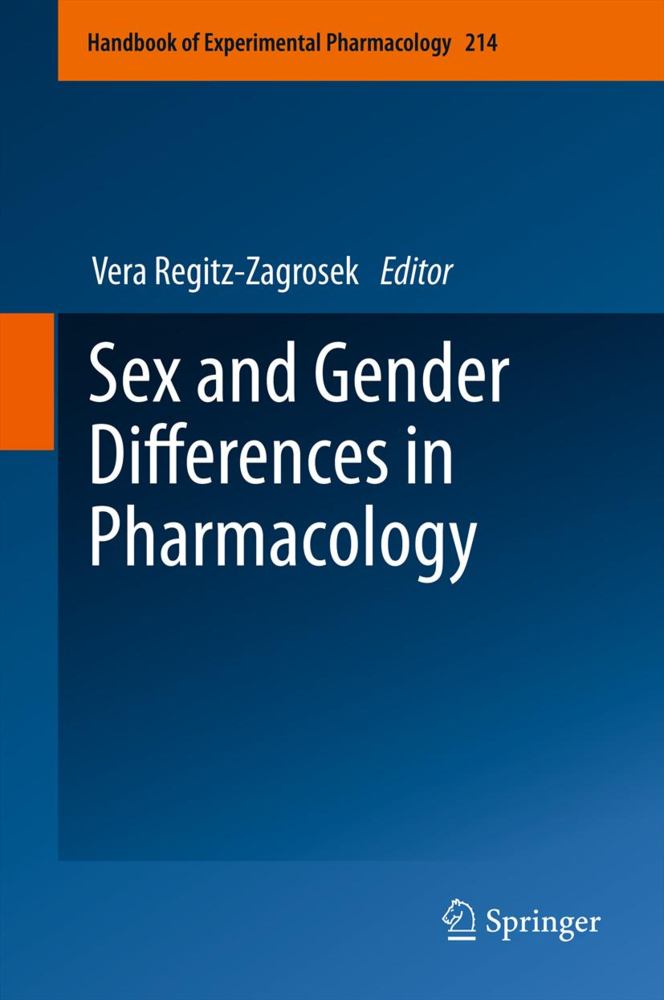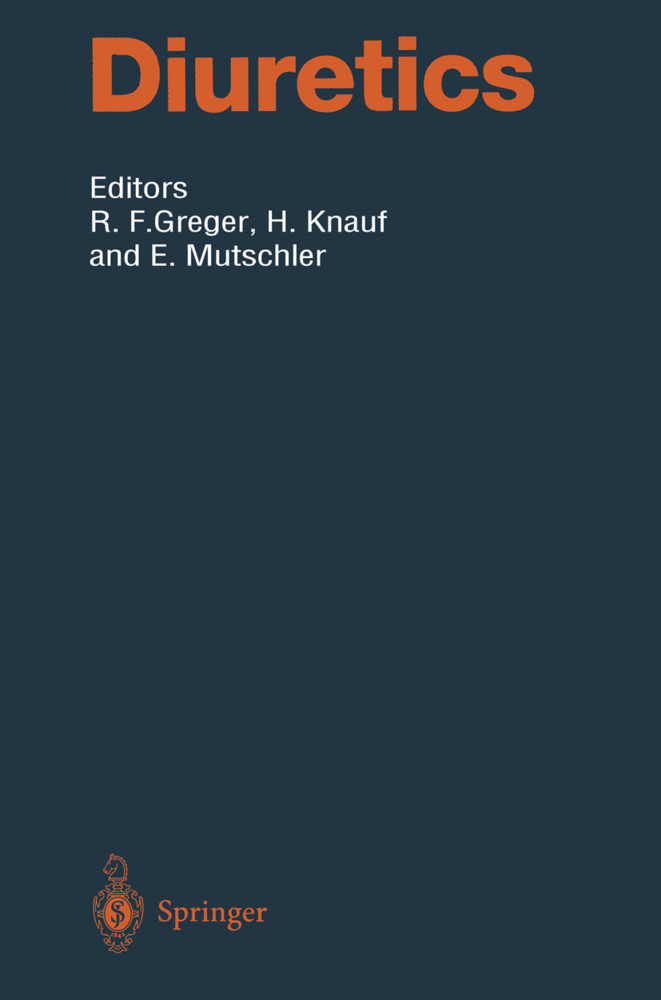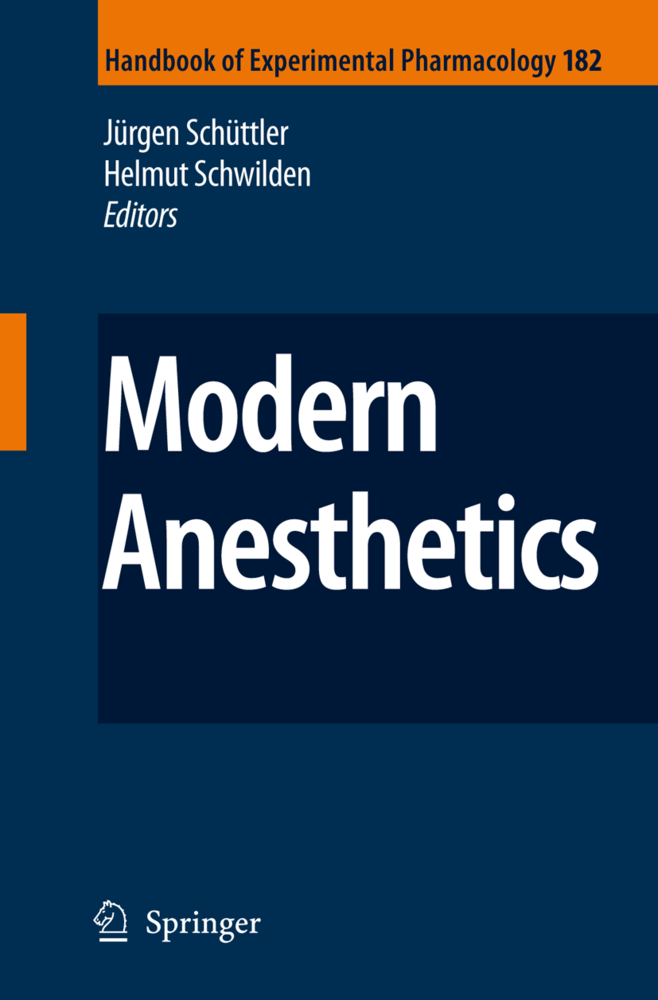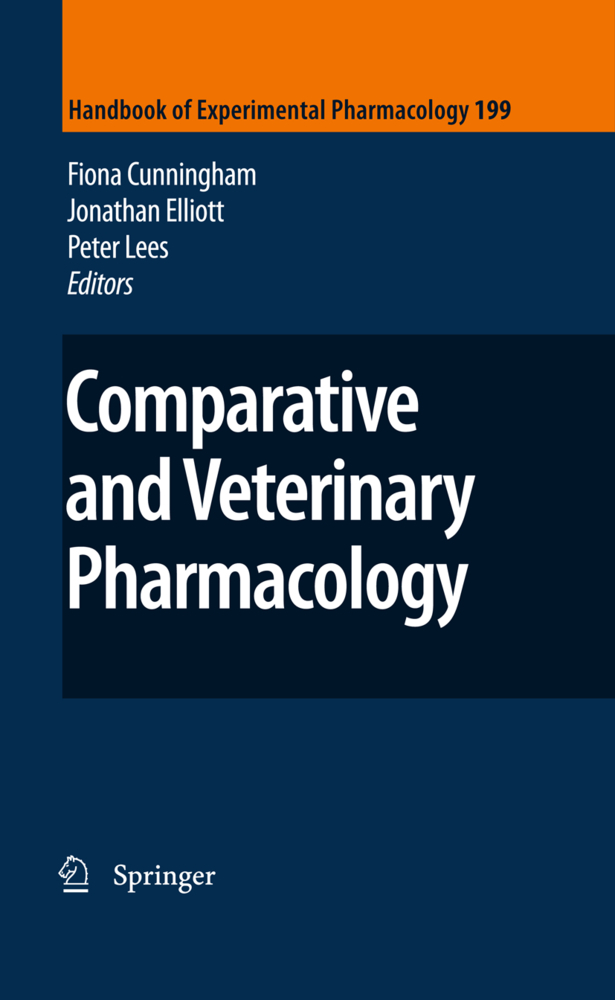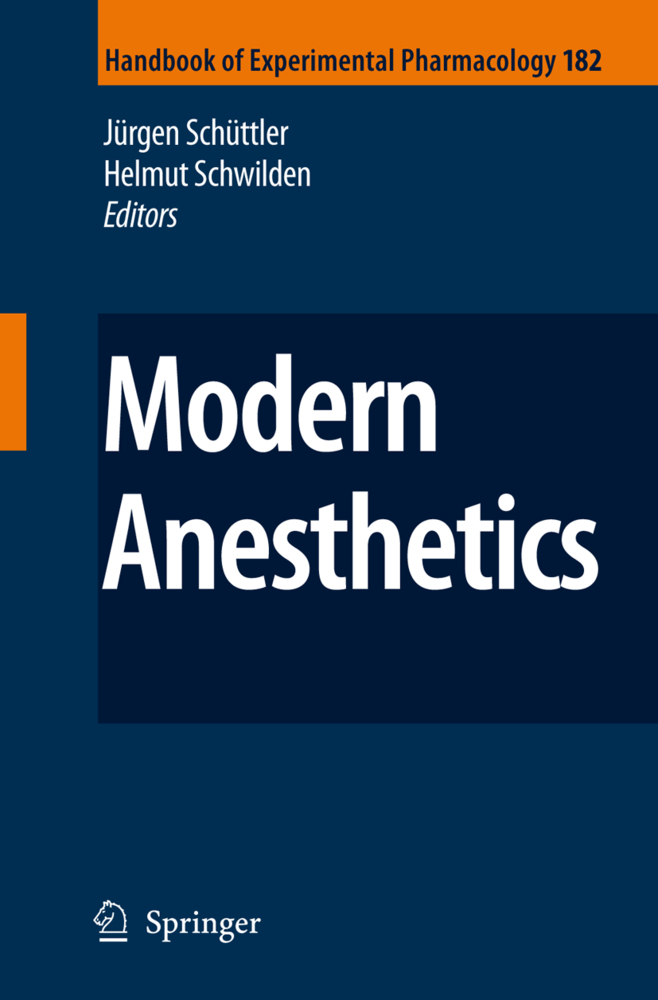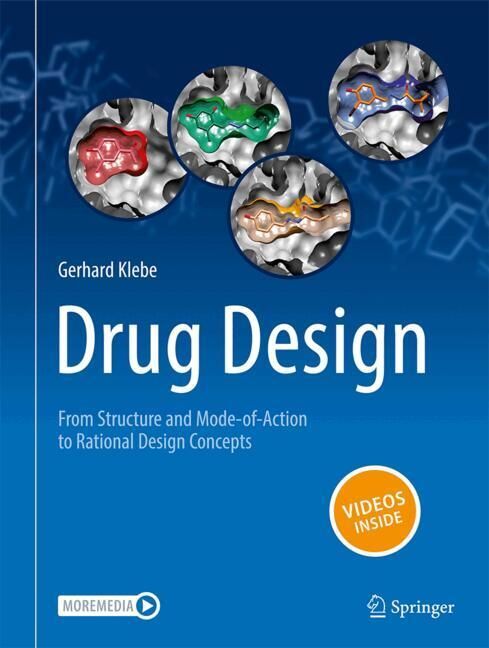The ADME Encyclopedia
The ADME Encyclopedia
The ADME Encyclopedia covers pharmacokinetic phenomena (Absorption, Distribution, Metabolism and Excretion processes) and their relationship with the design of pharmaceutical carriers and the success of drug therapies. It covers both basic and advanced knowledge, serving as introductory material for students of biomedical careers and also as reference, updated material for graduates and professionals working in any field related to pharmaceutical sciences (medicine, pharmaceutical technology, materials science, medicinal chemistry).
Structured as alphabetically ordered entries with cross-references, the Encyclopedia not only provides basic knowledge on ADME processes, but also detailed entries on some advanced subjects such as drug transporters, last generation pharmaceutical carriers, pharmacogenomics, personalized medicine, bioequivalence studies, biowaivers, biopharmaceuticals, gene delivery, pharmacometrics, pharmacokinetic drug interactions or in silico and in vitro assessment of ADME properties
- Drug dissolution and drug release
- Mathematical models of drug dissolution and drug release
- Diffusion layer model
- Danckwert's model
Interfacial barrier model - First order model
- Higuchi model
- Korsmeyer-Peppas model
- Hixson-Crowell model
Baker-Lonsdale model - Weibull model
- In vitro dissolution testing
- Modalities of dissolution tests
- Biorelevant dissolution media
- Mathematical models of drug dissolution and drug release
- Diffusion layer model
- Danckwert's model Interfacial barrier model
- First order model
- Higuchi model
- Korsmeyer-Peppas model
- Hixson-Crowell model Baker-Lonsdale model
- Weibull model
- In vitro dissolution testing
- Modalities of dissolution tests
- Biorelevant dissolution media
- Drug absorption
- Free diffusion
- Facilitated diffusion Active transport
- Transcytosis
- pH partition theory
- pKa determination
- Factors impacting drug absorption
- Drug distribution
- Factors impacting drug distribution
- Real volume of distribution Apparent volume of distribution
- Drug binding to plasma proteins
- Drug displacement
- Non-linear binding to plasma proteins
- Drug binding to tissue components
- One-compartment pharmacokinetic model
- Two-compartment pharmacokinetic model
- Central nervous system bioavailability
- Blood-brain barrier log BB
- Kpuu
- Drug metabolism
- Functionalization reactions
- Synthetic reactions
- Cytochrome P450
- Phase III reactions
- Factors impacting on drug metabolism
- Genetic variants. Polymorphism
- Age
- Gender
- Environmental factors: enzyme induction
- Precision medicine
- Pharmacogenomic DNA chips
- Microsomes
- Drug excretion
- Biliary excretion
- Enterohepatic recycling and antibiotics
- Renal excretion
- Glomerular filtration
- Tubular reabsorption
- Tubular secretion
- Clearance
- Organ clearance
- Enterohepatic recycling
- Routes of administration
- Oral route
- Migrating motor complex
- Enteric coating tablets
- Gastric emptying
- Gastroretentive drug delivery systems
- Multiparticulate drug delivery systems
- Lipinski rule of five
- Permeation enhancers
- Intestinal perfusion models
- Bucal and sublingual route Rectal route
- Intravenous route
- Intravenous bolus
- Intravenous infusion
- Technological considerations for intravenous administration
- Intramuscular administration
- Subcutaneous administration
- Specialized parenteral routes
- Pulmonary administration
- Nasal administration
- Transdermal administration
- Permeation enhancers
- Next generation drug delivery systems
- Surface-to-volume ratio
- Surface chemistry
- Nanotoxicology
- Drug release from nanocarriers
- Passive targeting
- Smart systems / stimuli-responsive systems
- Active targeting
- Mononuclear phagocyte system
- Absorption and distribution of nanocarriers
- Elimination of nanocarriers
- PEGylationADME
- Viral vectors
- Nanocarriers
- Pharmacogenomics
- Enzyme polymorphism
- Transporter polymorphism
- Pharmacogenomics and pediatrics
- Bioavailability and bioequivalence
- Bioavailability
- Systemic bioavailability
- Generic drugs
- Post-approval changes
- Bioequivalence
- Absolute bioavailability
- Mass balance studies
- Bioequivalence studies
- Reference and test products Biopharmaceutical Classification System
- Biowaivers
- BCS subclasses
- Dissolution testing
- Pharmacodynamic studies
- Biopharmaceutical drug products
- Absorption of protein drugs
- Distribution of protein drugs
- Elimination of protein drugs
- ADME properties of insulins
- ADME properties of heparins
- ADME properties of gene-based biopharmaceuticals
- Drug-drug and food-drug interactions
- Plasma protein binding DDI
- Membrane transport DDI
- Metabolism DDI
- FDI based on induction of gastrointestinal changes
- In vitro and in silico ADME predictions
- Polarized cell lines
- Caco-2 MDCK
- Solubility
- Dissolution testing
- QSPR/QSAR
- Expert rules Central Nervous System Multiparameter Optimization
- Dynamic transit models
- Sandwich-cultured hepatocytes
- Single-cell expression systems
- Membrane vesicles
- Molecular dynamics simulations
- Drug tansporters
- ABC transporters
- MRPs
- BCRP
- Solute carriers
- Organic anion transporters Organic cation transporters
- Peptide transporters
- MDR1
- Non-linear pharmacokinetics
- Positive deviations from linear behavior
- Negative deviations from linear behavior
- Linear pharmacokinetics
- Time-dependent pharmacokinetics
- Pharmacometrics and physiologic models
Talevi, Alan
| ISBN | 978-3-030-84861-3 |
|---|---|
| Artikelnummer | 9783030848613 |
| Medientyp | Non Books |
| Auflage | 1st ed. 2022 |
| Copyrightjahr | 2022 |
| Verlag | Springer, Berlin |
| Umfang | X, 1190 Seiten |
| Abbildungen | X, 1190 p. 200 illus., 100 illus. in color. Print + eReference. |
| Sprache | Englisch |

